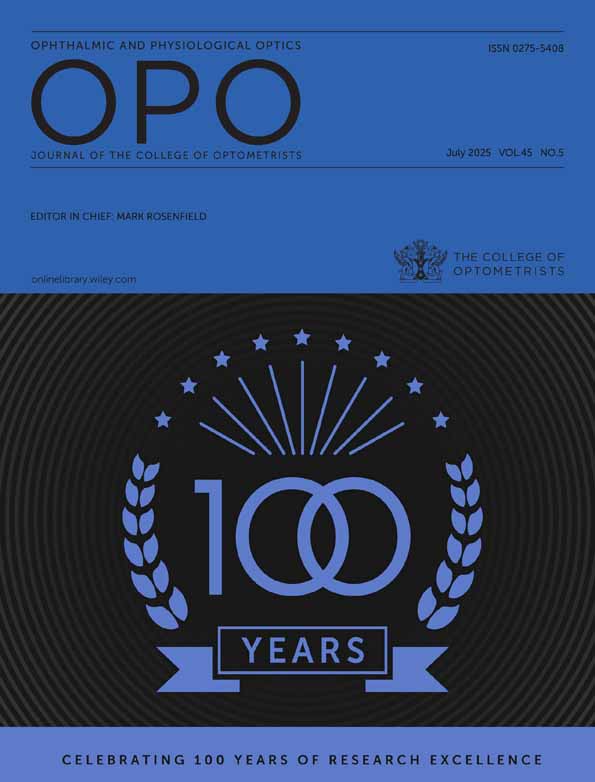Accuracy of referral to a glaucoma clinic
Summary
The accuracy of referral to the glaucoma clinic in Edinburgh was evaluated retrospectively by case note analysis. Two hundred and ninety-five patients suspected of having glaucoma were referred during a 6 month period. Optometrists accounted for 96% of referrals with the remainder being referred directly by the GP. The highest overall detection rates (glaucoma + glaucoma suspects) were amongst those optometrists who combined tonometry with either a field assessment, ophthalmoscopy or both (66–78%). Despite this there was a high false positive rate with 36% of referrals being discharged or having conditions unrelated to glaucoma. To improve referral efficiency it is recommended that optometrists should routinely combine tonometry with ophthalmoscopy and perimetry, and tests should preferably be repeated priar to referral if an abnormality is suspected. The accuracy of referrals could be improved by the use of Goldmann applanation tonometry and by better interpretation of perimetric findings.




